A snapshot of the history of Japanese art - Part 1
We are going to spend some time looking at different forms of Japanese art and how it was embraced by many of the artists in the western world by the late 1860s. Before we start, on behalf of the AnArt4Life blog team - welcome to E.B of Melbourne who is our latest subscriber.
The style of Japanese art is unique and it is important to understand a little of the historical context first, in order to appreciate its uniqueness, and how it came to have such a profound influence on the West.
Japanese art has a long history, starting from the beginnings of habitation in Japan, some 10,000 years BC, back when Japan was still joined to the mainland of Asia, and people simply walked over!
Much of the early art took the form of decorations on functional items such as pots and urns, made of terracotta and bronze.
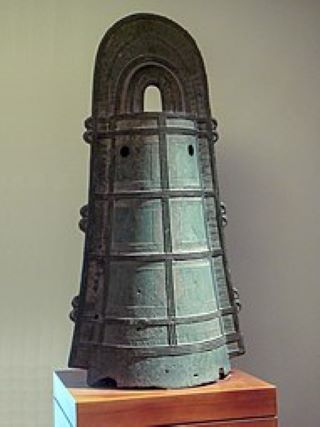
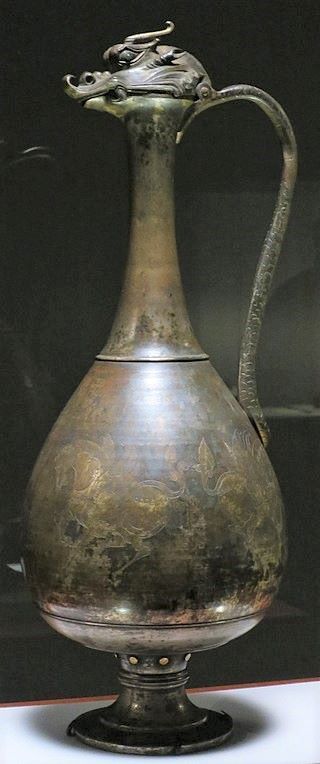
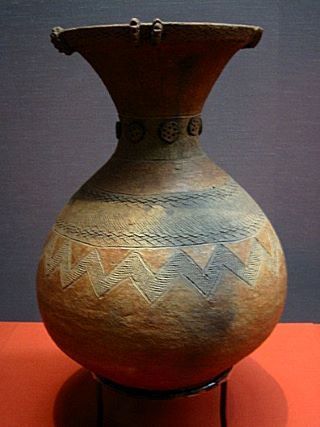
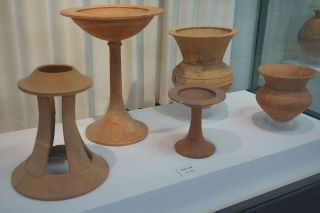
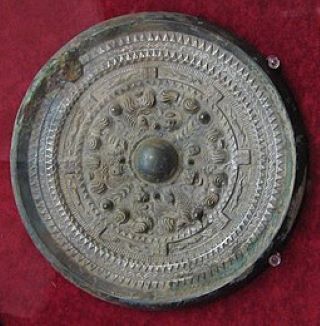
Nature, and specifically mountains, have been a favourite subject of Japanese art since its earliest days. Before Buddhism was introduced from China in the 6th century, Shinto was the exclusive faith of the Japanese people. At its core, Shinto is the reverence for the kami, or deities, who are believed to live in natural features, such as trees, rivers, rocks, and mountains. In Japan, nature is not a secular subject. An image of a natural scene is not just a landscape, but rather a portrait of the sacred world, and the kami who live within it. 1
Other recurring themes in Japanese art include birds, flowers and animals. Scenes of life in palaces and homes are common, as are a wide variety of human figures, often stylized and elongated.1 A further overriding principle is simplicity of design and colour.
This veneration for the natural world took on many layers of new meaning with the introduction of Buddhism and Chinese styles of art – along with many other aspects of Chinese culture – throughout the first millennium. 2
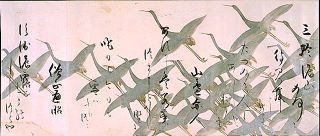
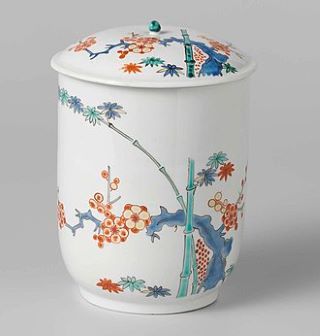
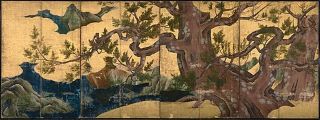
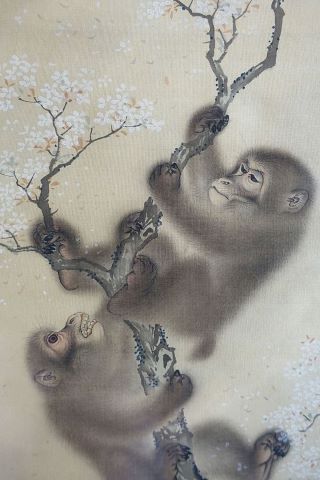
Japanese art covers a wide range of art styles and media over its history, including ancient pottery, sculpture, ink painting and calligraphy on silk and paper, ukiyo-e paintings and woodblock prints, ceramics, origami, ikebana (flower arranging), and, more recently, manga which is modern Japanese cartoons and comics. Then there are the performing arts, including geisha and kabuki theatre. Today, there is also a theme of “cuteness” which pervades much of the fashion and trends for accessories and decor.
Historians have been able to divide the history of Japan into distinct periods, based on the internal wars and the changes in ruling powers, generally either the emperors or shoguns.
The history of Japan is very complex, and we will largely focus on the art of the Edo Period onwards. You can see from the timeline below3 that this is the last 400 years or so, out of a total history of more than 10,000 years! It is this history and the long-held religious beliefs that make Japanese art so distinctive and unique, right up to the current day.
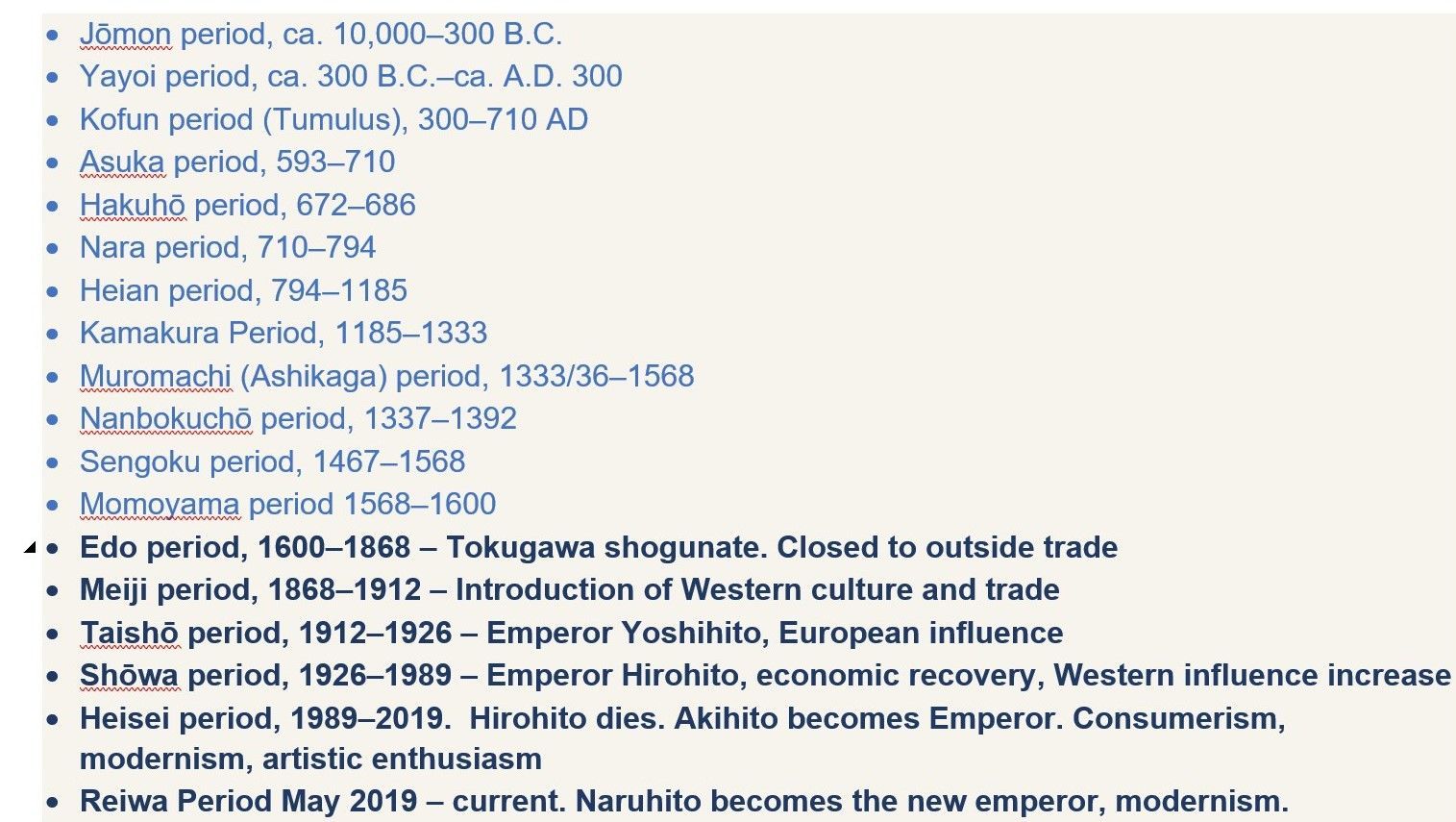
Tomorrow we will come back to look at the later periods in a little bit more detail, starting with the Edo Period.
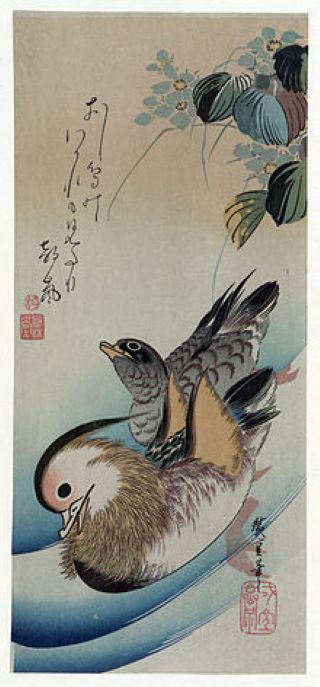
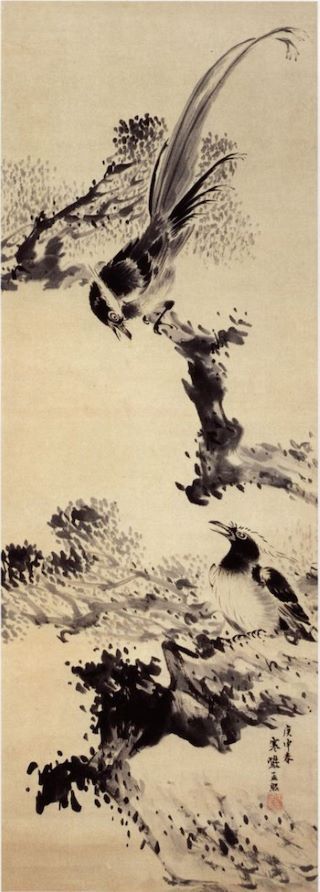
Footnotes
- Courtesy of Study.com
- Courtesy of insidejapantours.com
- Courtesy of artmuseum.princeton.edu
